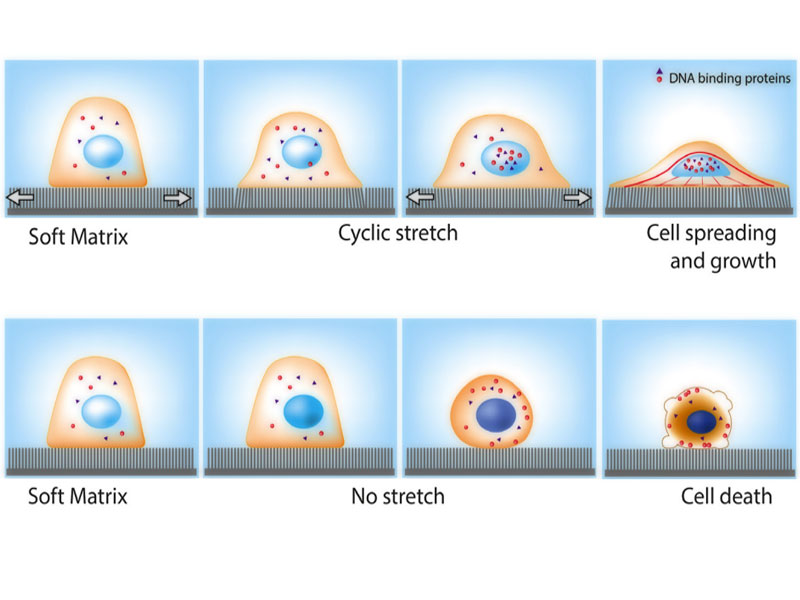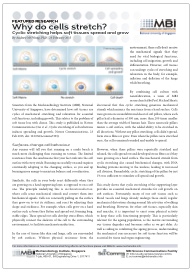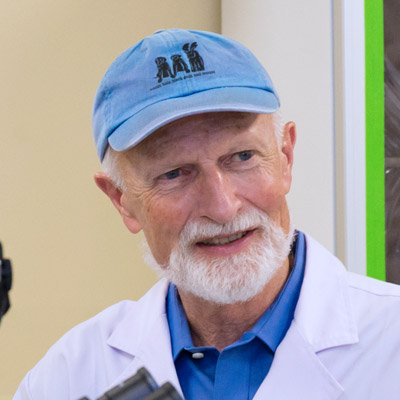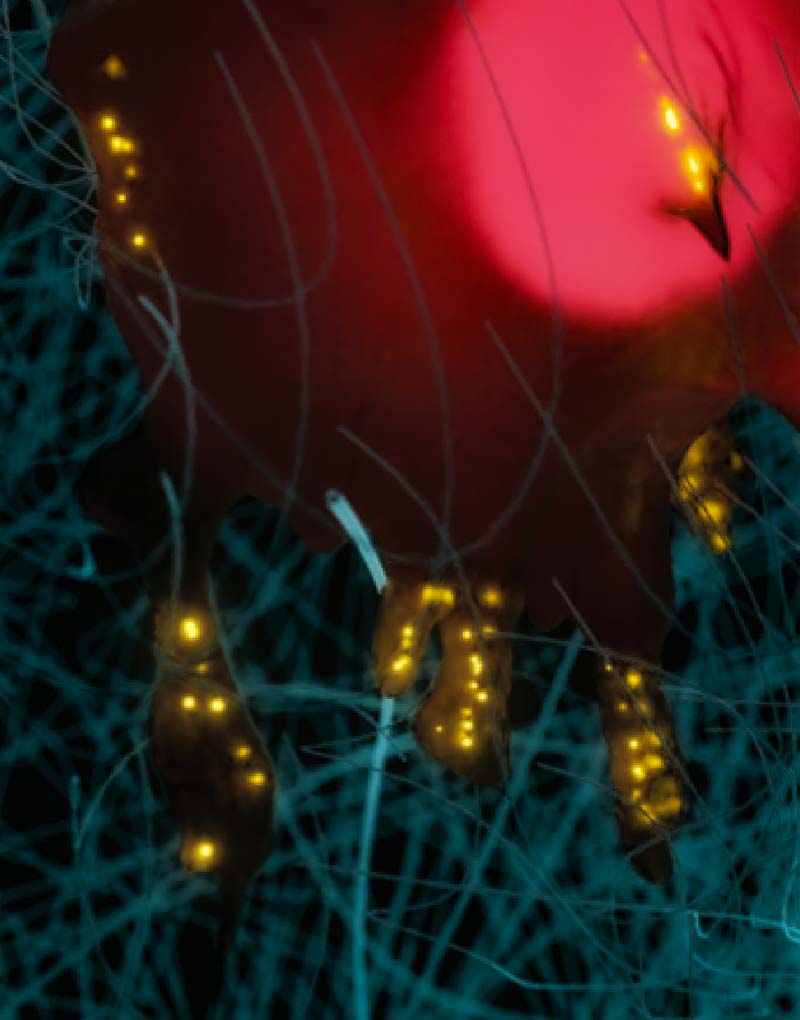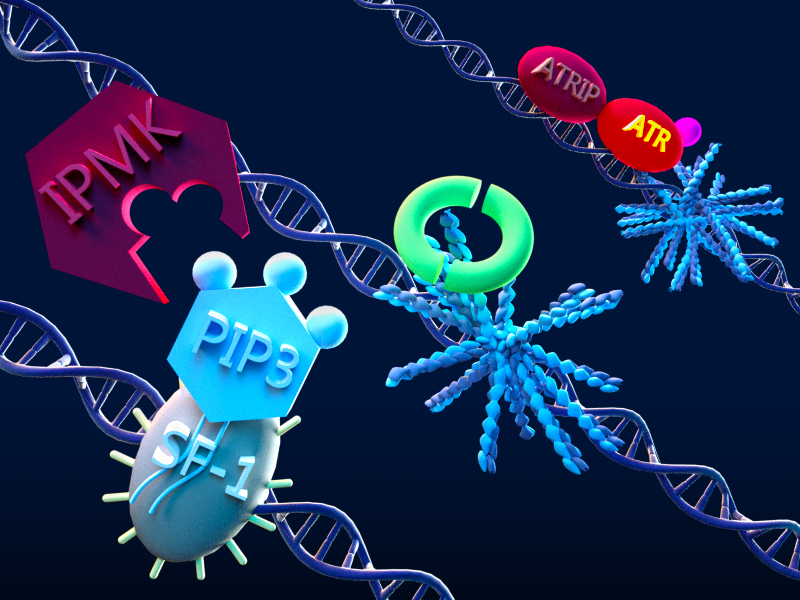Why do cells stretch?
Andrew MS Wong | February 2015
Scientists from the Mechanobiology Institute (MBI), National University of Singapore, have determined how soft tissues use cycles of mechanical stretching and relaxation for essential cell functions, including growth. This relates to the problem of soft tissue loss with disuse. This study is published in Nature Communications (Cui et al., Cyclic stretching of soft substrates induces spreading and growth, Nature Communications, 23 Feb 2015, doi: 10.1038/ncomms7333).
Cyclic stretching helps soft tissues spread and grow
Any runner will tell you that running on a sandy beach is much more challenging than running on tarmac. The limited resistance from the sand means that your feet sink into the soft surface with every stride. Running successfully on sand requires continually adapting to the changing surface, so you end up burning more energy to maintain balance and coordination.
Similarly, the cells in your body react differently when they are growing on a hard supporting layer, as opposed to on a soft one. The principle underlying this is mechanotransduction, where cells sense mechanical stimuli and convert them into biochemical signals. Cells are constantly pulling on the surface they grow on to test its stiffness, and react by adjusting their shape and stickiness. For example, when cells grow on a hard surface such as bone they flatten and spread out, forming long, stable edges. These spread out cells develop stress fibres, which physically connect the skeleton of the cell to the surrounding environment, to facilitate mechanotransduction.
Surfaces change cell behavior
In the case of tissues like skin and lungs, cells are surrounded by soft surfaces. Without physical resistance from the environment, these cells don’t receive the mechanical signals that they need for vital biological functions, including cell migration, growth and differentiation. However, soft tissues can undergo cycles of stretching and relaxation in the body, for example, inflation and deflation of the lungs while breathing.
New study shows that cyclic stretching of supporting layer provides an essential mechanical stimulus for cell growth on soft surfaces.
By combining cell culture with nanofabrication, a team of MBI researchers led by Prof. Michael Sheetz discovered that this cyclic stretching generates mechanical stimuli which mimics the resistance from a hard surface. Cells were grown on a nanofabricated sheet of soft pillars, where each pillar had a diameter of 500 nm, more than 200 times smaller than the average width of human hair. These nanoscale pillars mimic a soft surface, with the added ability to be stretched in all directions. Without any pillar stretching, cells didn’t spread, form stress fibres or grow. Even when the pillars were stretched once, the cells remained rounded and unable to spread.
However, when these pillars were repeatedly stretched and relaxed, the cells spread out and developed stress fibres as if they were growing on a hard surface. The mechanical stimuli from cyclic stretching also caused biochemical changes, with DNA binding proteins moving to the nucleus, leading to increased cell division. Remarkably, cyclic stretching of the pillars by just 1% was sufficient to stimulate cell spread and growth.
This study shows that cyclic stretching of the supporting layer provides an essential mechanical stimulus for cell growth on soft surfaces. Fortunately, many of our soft tissues such as blood vessels and lungs already undergo these small, regular mechanical distortions during normal life activities of walking and breathing. However, for other soft tissues, especially skin and muscles, it is important to exert some physical activity to keep these cells functioning properly. This is particularly relevant for the ageing population, as the matrix surrounding our tissues degrades and becomes softer as we get older. As well as aiding in combating the ageing process, understanding the mechanical cues necessary for soft tissue function will be essential for tissue and organ engineering.


